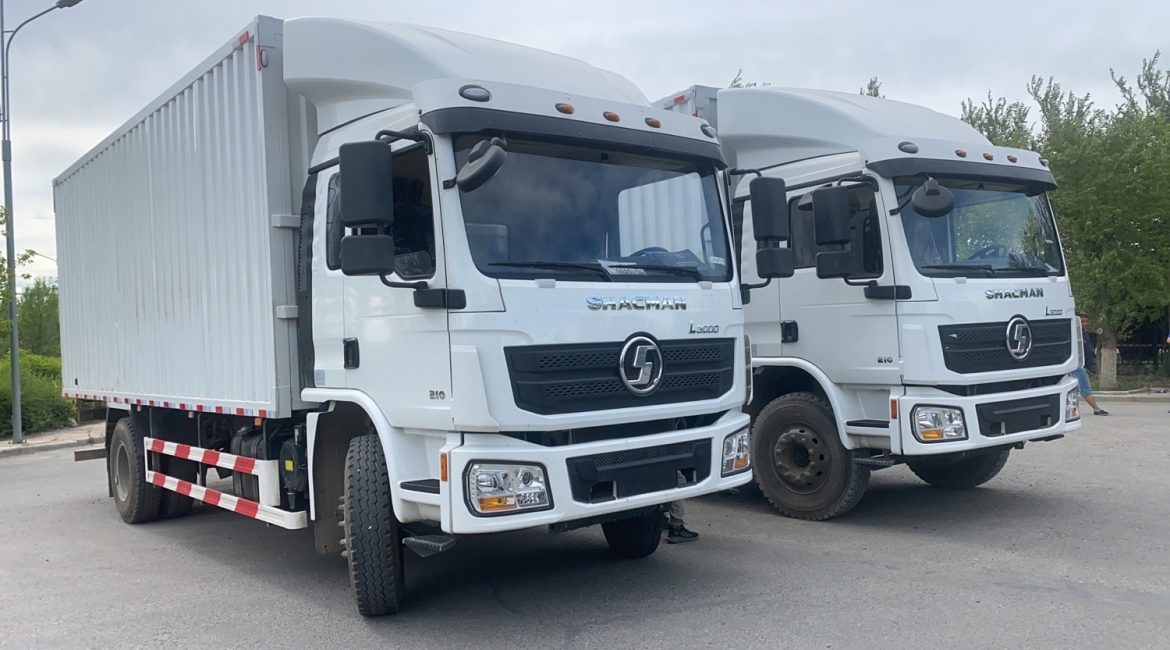Cooling and heating equipment which is placed in the isothermal van and on the chassis of the vehicle is called a refrigerator. It is often used for transportation food and other cargos which require a certain temperature regime.
How does it work?
Refrigerator facility can be placed in a specially-equipped truck and in the attachable device. Cooling equipment works with the help of different power supplies.
- Power drive. Such devices are placed on the low-tonnage trucks and are used to transport goods on short distances.
- With the help of autonomous diesel. It is placed on the heavy-goods special trucks, as well as on a trailer. It works without pauses, so it provides optimal temperature on the stops and during the runs on long distances.
- Diesel-electric refrigerators. Such equipment works from the generator, which is placed aboard.
- The fridge works with the help of the electric engine which turns on to the on-board network of the truck.
The facilities which work on the system ‘heating-cooling’ are the most popular. They are used in spite of the temperature during the long period of time. The required temperature regime is provided thanks to the coolant circulation.
Peculiar features of construction
Cooling facilities differ with their places. The first type is equipment which is placed above the driver’s cab. The second type is a separated variant. It means that a condenser is placed outside the isothermal box, and the evaporator is in a van. The third type is a mechanism which is placed in the van.
For body arrangement from inside and outside the following materials are used:
- stainless steel;
- galvanization with polymer surface;
- plywood laminated or glues by the strength plastic;
- metal sheathing from aluminum or steel.
Refrigerators are divided into the following types:
- Class A – a facility works from 32 to 53°F;
- Class B – a facility works from 50 to 53°F;
- Class C – a refrigerator cools the air up to -4°F;
- Class D – temperature regime reaches 35°F;
- Class F – temperature is -4°F and lower.
The driver can change the temperature indicators from his cab.
Transportation of the cargo
During the transportation of perishable goods, you need to follow the appropriate temperature regime. Thus, your goods will be delivered in good conditions. Such cargos are:
- Meat, fish, fruit, vegetables, sweets and ready-to-eat meal;
- Medicines;
- Biological materials for the agricultural use;
- Chemical production;
- Alcohol and tobacco;
- Plants and flowers.
Isothermal van must be clean. It must also meet all sanitation requirements. Usually, the workers of the companies, which deal with truck logistics, know all the points and norms.

